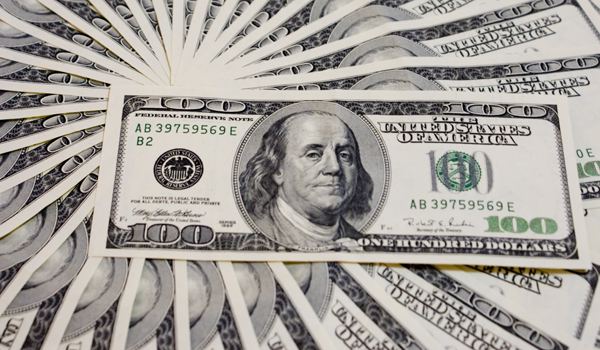
Is it Legal or Illegal to Destroy U.S. Coins and Paper Money?

A mogul lighting a cigar with a 50 dollar bill; a pundit setting a dollar ablaze to illustrate a disastrous fiscal policy; a magician tearing the corner off a bill for a magic trick: We see examples of currency destruction all the time, but is it legal? Or is the kid at the fair, pressing a penny into a copper-and-zinc keepsake, breaking the law?
On the one hand, the contemptuous treatment of a coin or a bill might be viewed as an expression of free speech, protected under the First Amendment. As such, the act might occupy a legal status of “expressive conduct” akin to flag burning, as set out by the U.S. Supreme Court in Texas v. Johnson (491 U.S. 397 (1989)) and United States v. Eichman (496 U.S. 310 (1990)).
Of course, monetary destruction carries with it practical consequences as well as symbolic ones. Money has value, both nominal (the amount printed on it) and practical (how much it costs to print, mint or coin). [Why Coins Smell]
According to Title 18, Chapter 17 of the U.S. Code, which sets out crimes related to coins and currency, anyone who “alters, defaces, mutilates, impairs, diminishes, falsifies, scales, or lightens” coins can face fines or prison time. The same goes for debasing – that is, decreasing the proportion of precious metals – in gold or silver coins struck or coined at an American mint.
Similarly, anyone who “mutilates, cuts, defaces, disfigures, or perforates, or unites or cements together, or does any other thing to any bank bill, draft, note, or other evidence of debt issued by any national banking association, or Federal Reserve bank, or the Federal Reserve System, with intent to render such bank bill, draft, note, or other evidence of debt unfit to be reissued,” can be fined or imprisoned as well.
These laws exist in large part to prevent counterfeiters and swindlers from altering money for nefarious purposes. [How Money is Made]
Since the advent of precious-metal-based coinage, crooks have been known to file off small bits of the good stuff to keep, and then spend the lighter coin for the same nominal amount. Bar cheats sometimes replace a corner of a bill with a piece from a higher denomination in hopes of slipping it by the barkeep.
Sign up for the Live Science daily newsletter now
Get the world’s most fascinating discoveries delivered straight to your inbox.
The U.S. Bureau of Engraving and Printing, which prints American currency, the U.S. Mint, which makes American coins, and the Federal Reserve, which regulates money and distributes currency, destroy money when it becomes too mutilated or worn out to continue circulating. The bureau also replaces partially destroyed or badly damaged bills as a free public service.
Follow Life's Little Mysteries on Twitter @llmysteries. We're also on Facebook & Google+.









